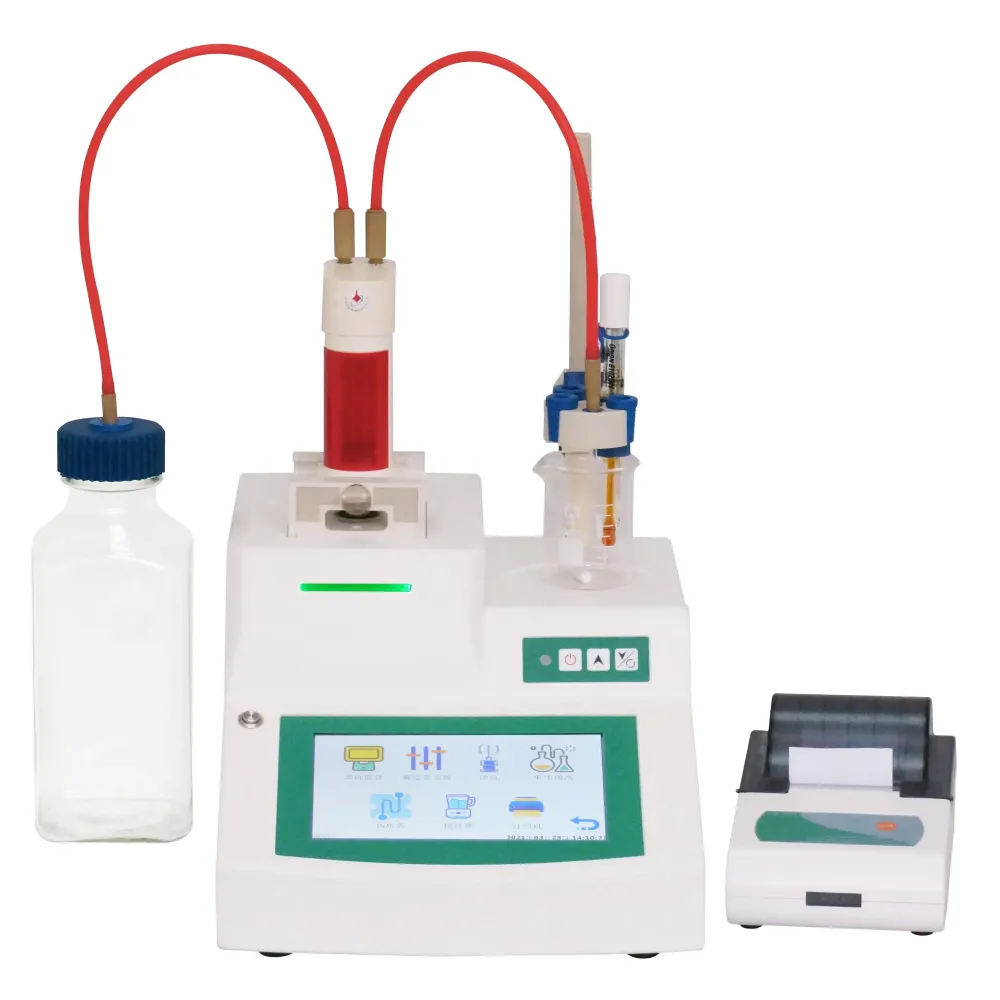TEL:
+86-0312-3189593
 English
English

Telephone:0312-3189593

Email:sales@oil-tester.com

-
 Afrikaans
Afrikaans -
 Albanian
Albanian -
 Amharic
Amharic -
 Arabic
Arabic -
 Armenian
Armenian -
 Azerbaijani
Azerbaijani -
 Basque
Basque -
 Belarusian
Belarusian -
 Bengali
Bengali -
 Bosnian
Bosnian -
 Bulgarian
Bulgarian -
 Catalan
Catalan -
 Cebuano
Cebuano -
 China
China -
 China (Taiwan)
China (Taiwan) -
 Corsican
Corsican -
 Croatian
Croatian -
 Czech
Czech -
 Danish
Danish -
 Dutch
Dutch -
 English
English -
 Esperanto
Esperanto -
 Estonian
Estonian -
 Finnish
Finnish -
 French
French -
 Frisian
Frisian -
 Galician
Galician -
 Georgian
Georgian -
 German
German -
 Greek
Greek -
 Gujarati
Gujarati -
 Haitian Creole
Haitian Creole -
 hausa
hausa -
 hawaiian
hawaiian -
 Hebrew
Hebrew -
 Hindi
Hindi -
 Miao
Miao -
 Hungarian
Hungarian -
 Icelandic
Icelandic -
 igbo
igbo -
 Indonesian
Indonesian -
 irish
irish -
 Italian
Italian -
 Japanese
Japanese -
 Javanese
Javanese -
 Kannada
Kannada -
 kazakh
kazakh -
 Khmer
Khmer -
 Rwandese
Rwandese -
 Korean
Korean -
 Kurdish
Kurdish -
 Kyrgyz
Kyrgyz -
 Lao
Lao -
 Latin
Latin -
 Latvian
Latvian -
 Lithuanian
Lithuanian -
 Luxembourgish
Luxembourgish -
 Macedonian
Macedonian -
 Malgashi
Malgashi -
 Malay
Malay -
 Malayalam
Malayalam -
 Maltese
Maltese -
 Maori
Maori -
 Marathi
Marathi -
 Mongolian
Mongolian -
 Myanmar
Myanmar -
 Nepali
Nepali -
 Norwegian
Norwegian -
 Norwegian
Norwegian -
 Occitan
Occitan -
 Pashto
Pashto -
 Persian
Persian -
 Polish
Polish -
 Portuguese
Portuguese -
 Punjabi
Punjabi -
 Romanian
Romanian -
 Russian
Russian -
 Samoan
Samoan -
 Scottish Gaelic
Scottish Gaelic -
 Serbian
Serbian -
 Sesotho
Sesotho -
 Shona
Shona -
 Sindhi
Sindhi -
 Sinhala
Sinhala -
 Slovak
Slovak -
 Slovenian
Slovenian -
 Somali
Somali -
 Spanish
Spanish -
 Sundanese
Sundanese -
 Swahili
Swahili -
 Swedish
Swedish -
 Tagalog
Tagalog -
 Tajik
Tajik -
 Tamil
Tamil -
 Tatar
Tatar -
 Telugu
Telugu -
 Thai
Thai -
 Turkish
Turkish -
 Turkmen
Turkmen -
 Ukrainian
Ukrainian -
 Urdu
Urdu -
 Uighur
Uighur -
 Uzbek
Uzbek -
 Vietnamese
Vietnamese -
 Welsh
Welsh -
 Bantu
Bantu -
 Yiddish
Yiddish -
 Yoruba
Yoruba -
 Zulu
Zulu
Feb . 20, 2025 01:40
Back to list
transformer tap changer working
Understanding the inner workings of a transformer tap changer is fundamental to appreciating its role in electrical systems, especially for those in the field of electrical engineering and power distribution. A transformer tap changer is a device integral to the functionality of power transformers, allowing modifications to the transformer's voltage ratio and enabling efficient voltage regulation. This document seeks to delve into the engineering intricacies, operating principles, and the significance of transformer tap changers, aligning with the evolving demands for reliable and consistent energy distribution.
The importance of tap changers extends beyond voltage regulation; they play a critical role in the operational efficiency of power systems. By maintaining optimal voltage levels, transformer tap changers reduce losses, enhance system stability, and improve the quality of power supplied to end users. In grids interfacing with renewable energy sources, the need for advanced tap changers becomes pronounced, given the variable nature of renewables like solar and wind energy. Current trends in tap changer technology are seeing the integration of intelligent systems and automation. The incorporation of smart grid technologies into tap changer design allows for real-time monitoring and control, enabling predictive maintenance and swift response to system anomalies. This not only significantly enhances reliability but also reduces operational costs by minimizing unexpected downtimes. For industry professionals, the deployment and maintenance of transformer tap changers involve a thorough understanding of transformer design characteristics and grid demands. Periodic testing and condition monitoring of tap changers are indispensable practices to ensure uninterrupted service. Emerging diagnostic techniques, such as dissolved gas analysis (DGA) and infrared thermography, offer the means to assess the health of tap changers and preemptively address potential failures. In conclusion, transformer tap changers are pivotal elements in modern electrical infrastructure. Mastery of their function and maintenance fosters a robust and resilient power delivery network, safeguarding against voltage fluctuations and contributing to the overall efficiency of electrical distribution. As energy consumption surges and grids diversify, the evolution of tap changer technologies will continue to be integral to achieving sustainable and reliable power systems.


The importance of tap changers extends beyond voltage regulation; they play a critical role in the operational efficiency of power systems. By maintaining optimal voltage levels, transformer tap changers reduce losses, enhance system stability, and improve the quality of power supplied to end users. In grids interfacing with renewable energy sources, the need for advanced tap changers becomes pronounced, given the variable nature of renewables like solar and wind energy. Current trends in tap changer technology are seeing the integration of intelligent systems and automation. The incorporation of smart grid technologies into tap changer design allows for real-time monitoring and control, enabling predictive maintenance and swift response to system anomalies. This not only significantly enhances reliability but also reduces operational costs by minimizing unexpected downtimes. For industry professionals, the deployment and maintenance of transformer tap changers involve a thorough understanding of transformer design characteristics and grid demands. Periodic testing and condition monitoring of tap changers are indispensable practices to ensure uninterrupted service. Emerging diagnostic techniques, such as dissolved gas analysis (DGA) and infrared thermography, offer the means to assess the health of tap changers and preemptively address potential failures. In conclusion, transformer tap changers are pivotal elements in modern electrical infrastructure. Mastery of their function and maintenance fosters a robust and resilient power delivery network, safeguarding against voltage fluctuations and contributing to the overall efficiency of electrical distribution. As energy consumption surges and grids diversify, the evolution of tap changer technologies will continue to be integral to achieving sustainable and reliable power systems.
Previous:
Latest news
-
Testing Equipment Industry Sees Major Advancements in 2025: Smart & Precision Technologies Lead the WayNewsJun.06,2025
-
Applications of Direct Current Generators in Renewable Energy SystemsNewsJun.05,2025
-
Hipot Tester Calibration and Accuracy GuidelinesNewsJun.05,2025
-
Digital Circuit Breaker Analyzer Features and BenefitsNewsJun.05,2025
-
Benefits of Real-Time Power Quality Monitoring Devices for Industrial EfficiencyNewsJun.05,2025
-
Earth Fault Loop Testing in High-Rise Building Electrical SystemsNewsJun.05,2025



